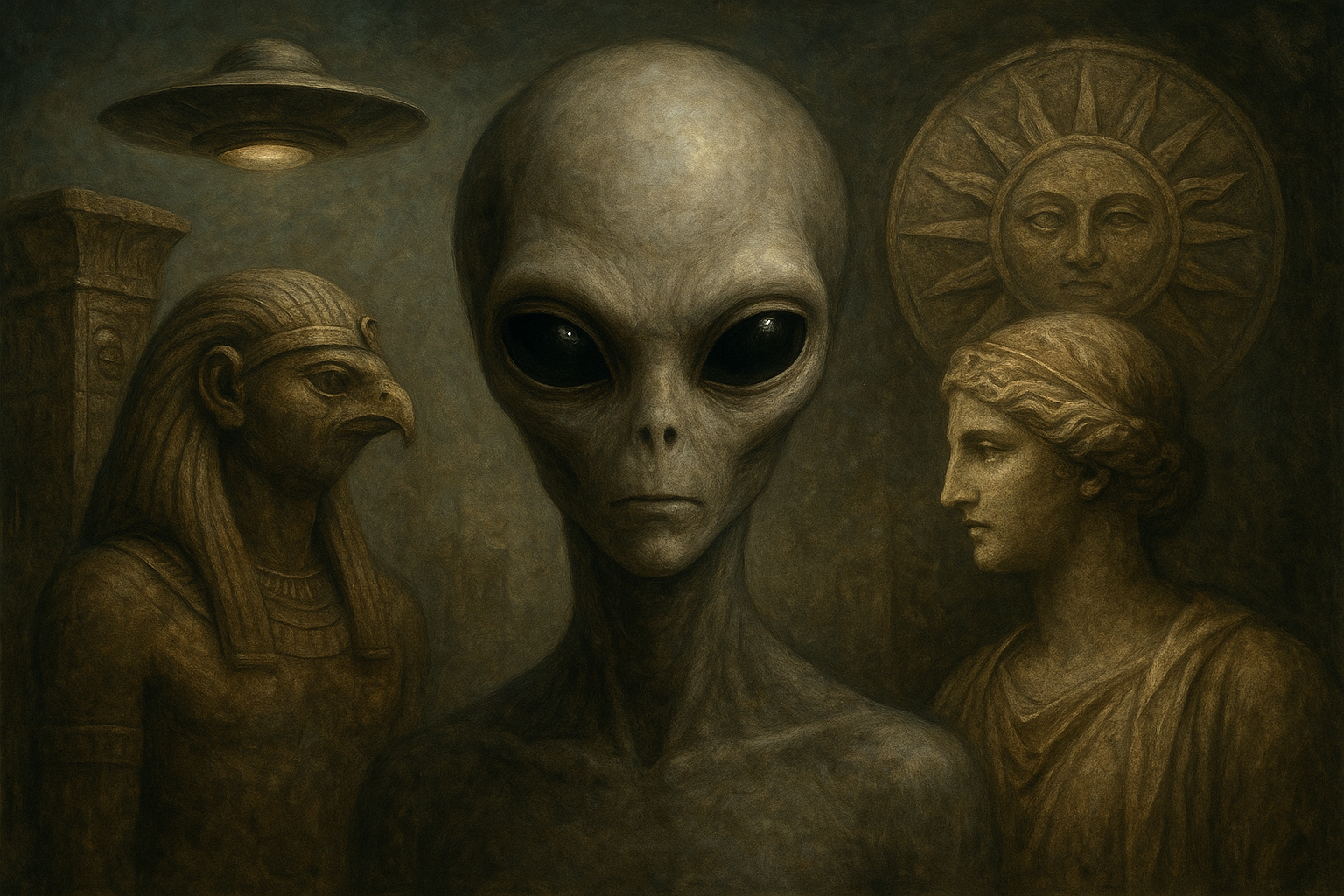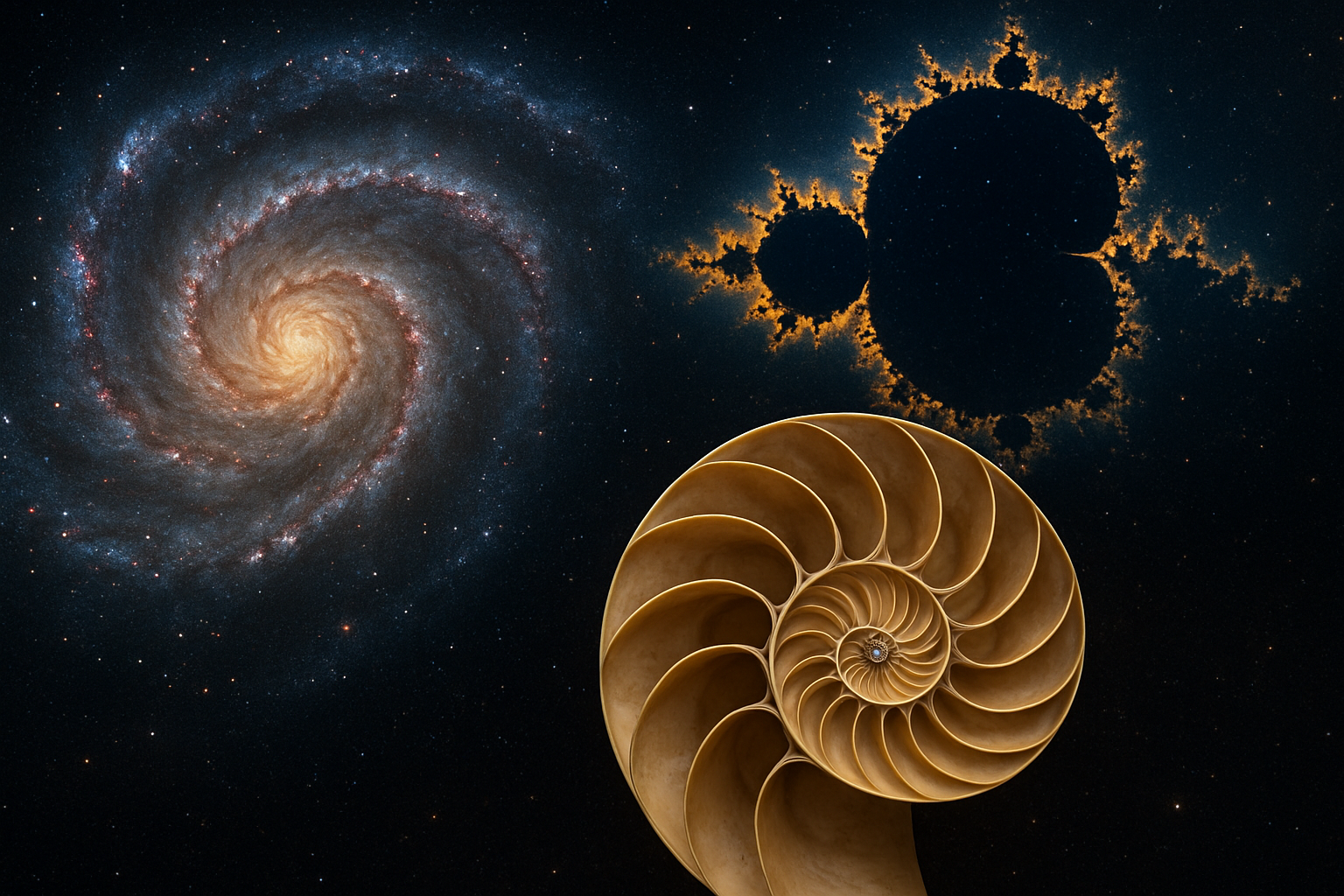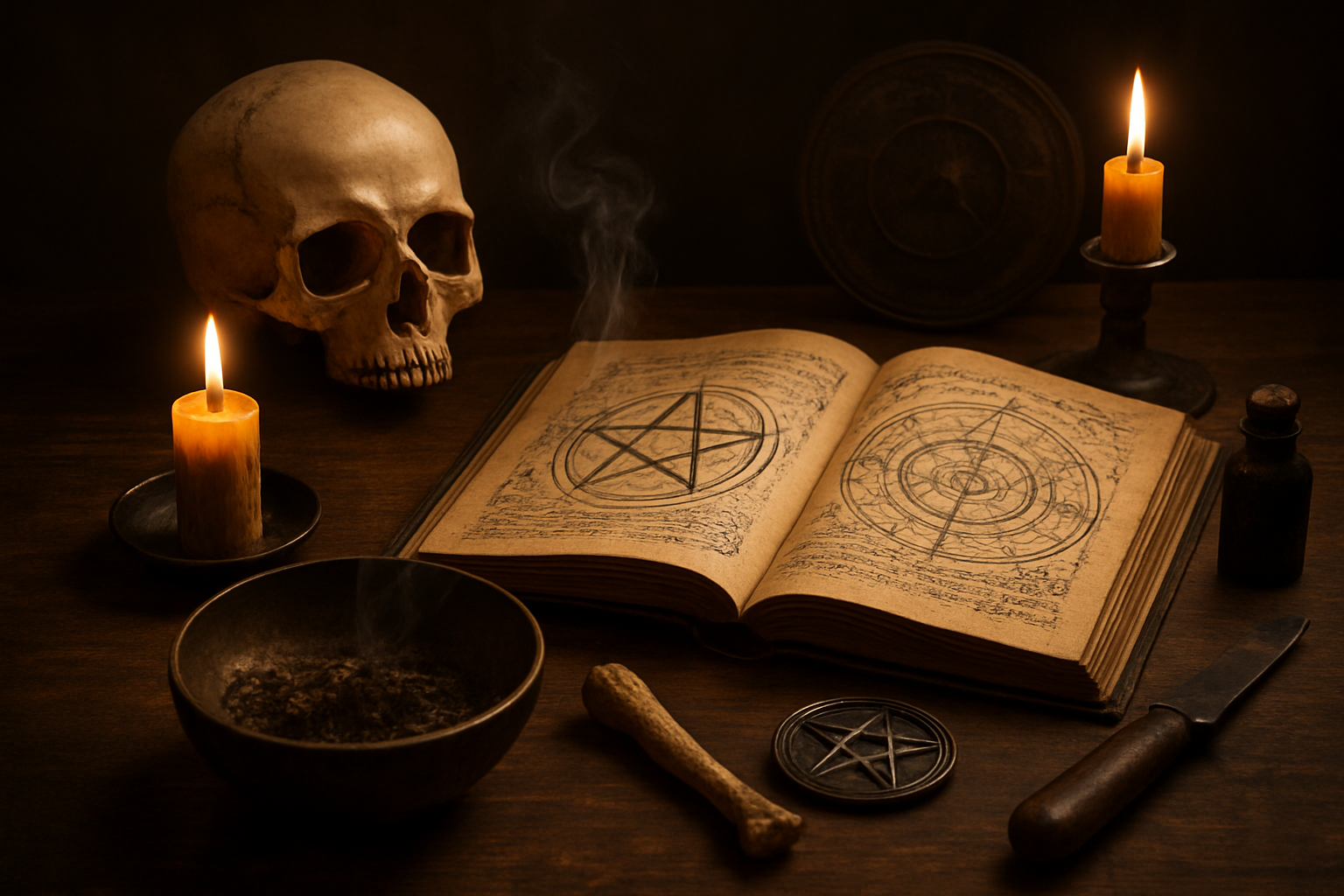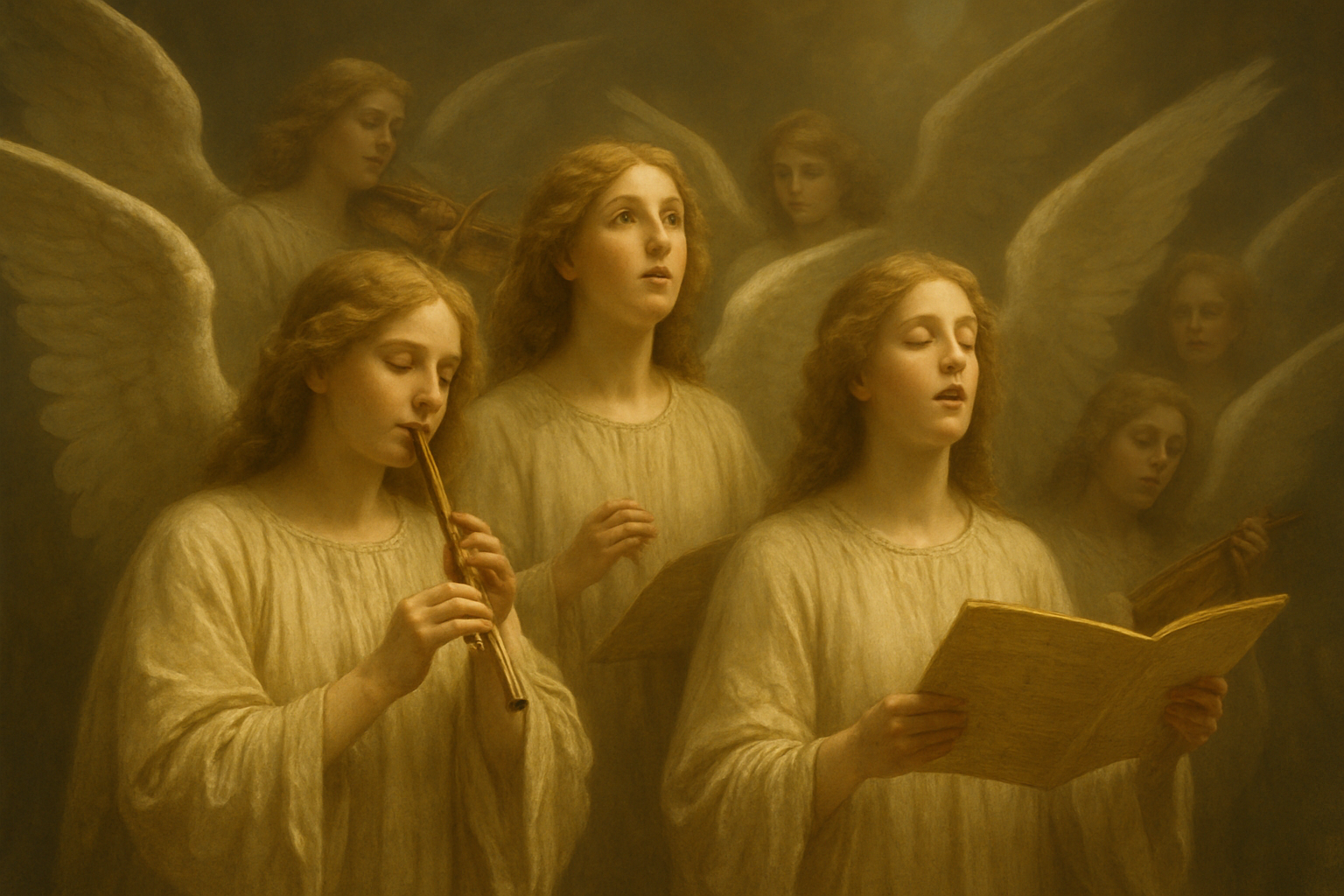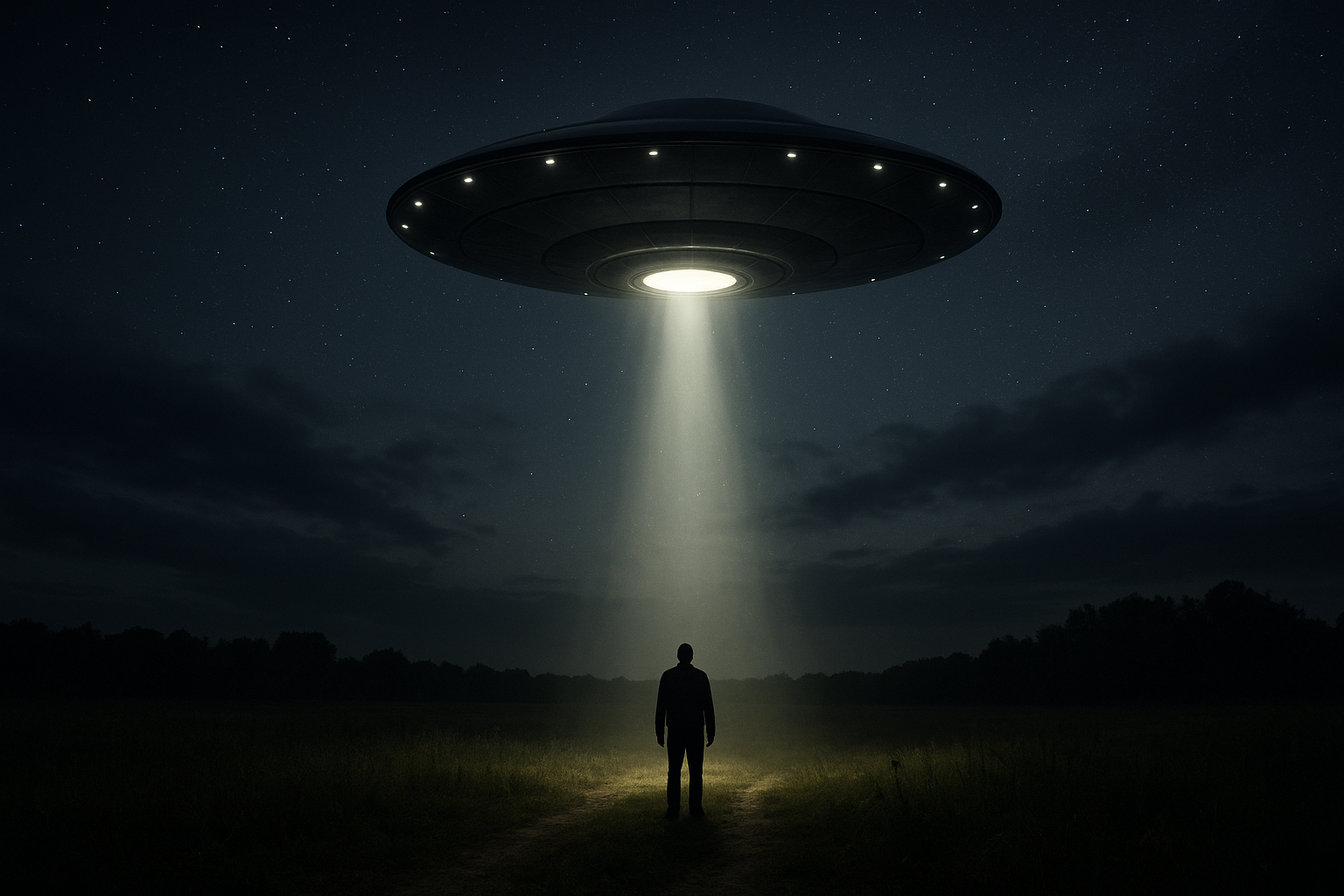Shadow Scripts: Darkness Written in Symbols
From the earliest cave paintings to the digital texts of today, writing systems have evolved as a means of communication, expression, and documentation. Amongst the tapestry of written languages, some scripts are imbued with an air of mystery and enigma. These are the Shadow Scripts, a language borne of darkness, etched in symbols that convey messages shrouded in secrecy and myth.
The Origin of Shadow Scripts
The term “Shadow Scripts” is used to describe symbolic languages that possess an inherent mystique, often associated with esotericism and clandestine societies. These scripts are not solely confined to the annals of history but weave their presence into contemporary narratives, art, and cryptography.
“Scripts are the fingerprints of human thought,” said Dr. Jane Rosenthal, a linguist specializing in archaic languages, “Shadow Scripts, in particular, offer a glimpse into the crevices of cultural consciousness, where shadows play with light.”
Historical Context
The history of Shadow Scripts is convoluted and often speculative. They are typically associated with ancient civilizations where written language served both mundane and mystical purposes.
- The Oracle Bones of China: These were used in divination processes, and many inscriptions on these bones remain undeciphered.
- Linear A Script of the Minoans: While contemporary to the Greeks, much of Linear A’s meaning is yet to be understood, holding the key to secrets of a vanished civilization.
- The Voynich Manuscript: A more modern enigma, this manuscript is filled with unidentifiable symbols and mysterious illustrations.
Esotericism and Hidden Meanings
Many Shadow Scripts are intertwined with esoteric traditions where meanings are purposefully obscured. Secret societies such as the Freemasons have adopted coded languages, where symbols hold layered meanings, only revealed to the initiate.
Taking inspiration from such historical underpinnings, many authors and philosophers have explored Shadow Scripts in their works.
- Umberto Eco’s “Foucault’s Pendulum”: A novel that delves into secret languages and symbols.
- Neal Stephenson’s “The Baroque Cycle”: Featuring complex codes and cryptography rooted in real history.
Contemporary Usage
In today’s digital age, Shadow Scripts find a unique place in cryptography and cybersecurity.
“In the realm of data protection, encryption becomes our own form of Shadow Script,” explains cryptographer Dr. Eric Tran. “Only the one with the correct key can unveil the story hidden within the data.”
The development of digital cryptographic systems is seen as a modern evolution of ancient shadowy scripts, where instead of ink and stone, sequences of bits and bytes forge seals of secrecy.
Shadow Scripts in Popular Culture
Shadow Scripts have also found their way into popular culture, reigniting interest in symbolic languages. Films, books, and video games often employ cryptic symbols that echo the allure of these ancient scripts.
- In Cinema:
- “The Da Vinci Code” explores secret messages hidden in art and sculpture.
- “National Treasure” sees cryptic symbols leading to hidden fortunes.
- In Literature:
- “The Name of the Rose” by Umberto Eco, which combines mystery and historical linguistics.
- “Good Omens” by Neil Gaiman and Terry Pratchett, featuring a book of prophecy written in a cryptic language.
- In Video Games:
- “The Legend of Zelda” series, where players often encounter incomprehensible scripts on ancient ruins.
Decoding the Future
The intrigue surrounding Shadow Scripts lies not just in what they reveal but in what they promise—an endless quest for meaning. As technology evolves, there might come a day when AI could assist in uncovering the layers of these mysterious symbols.
Yet, some argue that perhaps the true purpose of Shadow Scripts is not to be fully understood. As Dr. Rosenthal pointed out, “Perhaps, it is in the pursuit of their understanding that we grasp more about our own psyche and the shadows it casts.”
In the end, while technology may advance, the shadows will always remain, offering a tantalizing dance of light for those who dare to decipher the darkness written in symbols.
If you are interested in diving deeper into the history and evolution of writing systems, UNESCO provides a comprehensive resource database on cultural heritage and preservation efforts.

